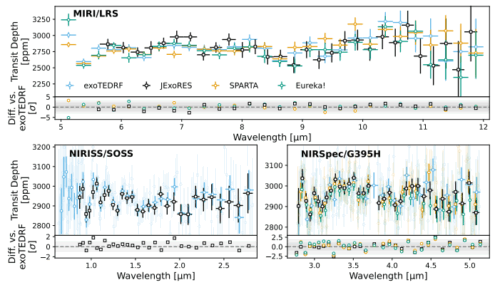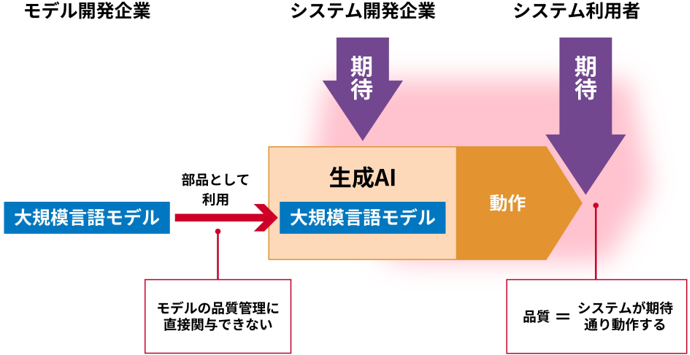2025-05-23 東北大学,金沢大学,科学技術振興機構

柔粘性結晶のイメージ:トランス型からゴーシュ型に形を変えるスクシノニトリル
<関連情報>
- https://www.jst.go.jp/pr/announce/20250525/index.html
- https://www.jst.go.jp/pr/announce/20250525/pdf/20250525.pdf
- https://pubs.acs.org/doi/10.1021/jacs.5c04778
プラスチック結晶性コハク酸ニトリルにおける強誘電的分極スイッチング Ferroelectric-like Polarization Switching in Plastic Crystalline Succinonitrile
Nozomi Onodera,Shun Dekura,Tetsu Sato,Miyu Mashiko,Takuya Kurihara,Motohiro Mizuno,and Tomoyuki Akutagawa
Journal of the American Chemical Society Published: May 25, 2025
DOI:https://doi.org/10.1021/jacs.5c04778
Abstract
An intermediate state of the plastic crystal (PC) phase between solid and liquid has attracted much attention due to its potential applications for ionic conductors, ferroelectrics, and barocaloric materials. In general, it has been considered difficult to maintain a polarized orientation state in the PC phase due to the loss of orientational order caused by the isotropic rotation of molecules. In this study, we succeeded in realizing a unique polarized orientation state in the PC phase of sucinonitrile (SN), which exhibits hysteresis in the polarization–electric field (P–E) curve. In the PC phase, the trans and gauche conformations coexist, and the conformation and orientation of the molecules change in response to an external electric field. Interestingly, the polarization state in the PC phase relaxes upon removal of the electric field and does not exhibit the nonvolatile memory effects seen in conventional ferroelectrics. However, two different polarization mechanisms emerge due to the molecular orientational and conformational degrees of freedom. As a result, a characteristic double P–E hysteresis behavior with two different coercive fields, which is not observed in conventional ferroelectrics, is observed. This result provides an important guideline for the design of organic materials for the realization of next-generation multilevel memory.



